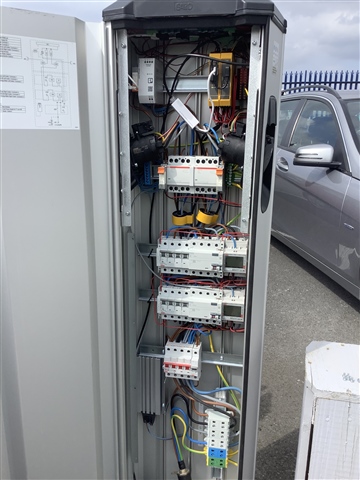Mr Kenyon,
If you would be so kind, elsewhere, it has been suggested that an EVC can be supplied from one of the RCCB's in a domestic split-load board. I, however, referred to Section 6.12.3 of the EVC CoP (4th ed) that states that 'Every charging point shall be individually protected by an RCD...', taken to mean that the RCD shall only supply the EVC, on its own cct, nothing else. This was countered, however, with the idea that the CoP statement is ambiguous because it could equally mean that the RCD can simultaneously protect the EVC and other circuits, it's just that it must protect only one EVC along with the other ccts.
Therefore, what is your intention with the entry in 6.12.3: the RCD connects to only one cct, or it can connect to a number of ccts, but only one cct can have an EVC?
Thanks
T.


